What Is Filter Thread In Lens?
When diving into the world of photography, one of the essential aspects that often comes up is the concept of a filter thread in a lens. Understanding this component is crucial for both amateur and professional photographers who wish to enhance their photographic capabilities. This article aims to provide a comprehensive overview of what a filter thread in a lens is, its importance, and how it can be utilized to improve your photography.
What is a Filter Thread?
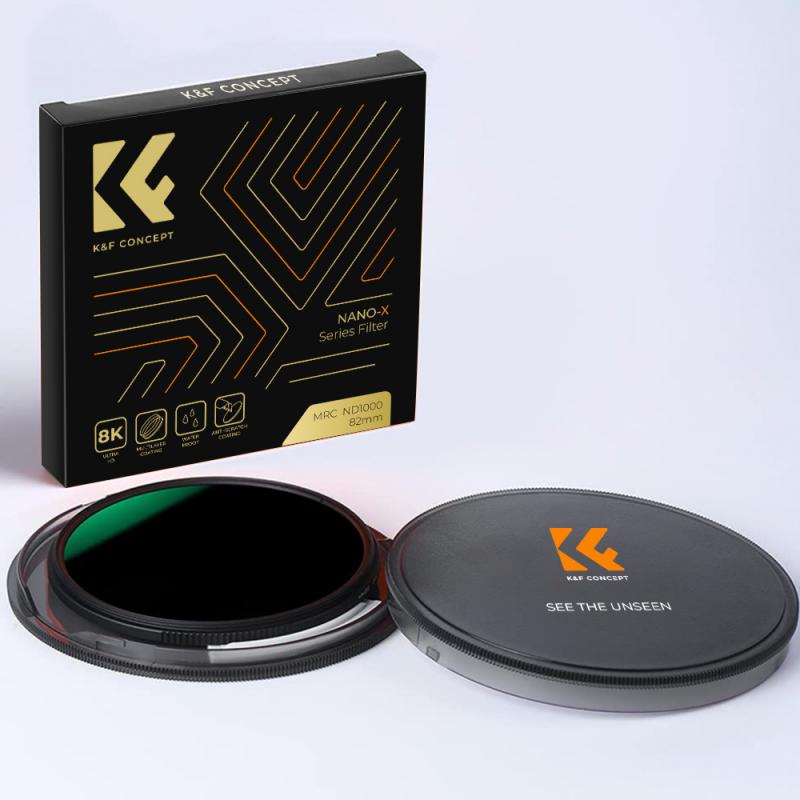
A filter thread is a circular groove located at the front end of a camera lens. This groove is designed to accommodate various types of filters, such as UV filters, polarizers, and neutral density filters, among others. The primary purpose of these filters is to modify the light entering the lens, thereby affecting the final image in different ways. The filter thread is measured in millimeters (mm) and is usually indicated on the lens itself or in the lens's specifications.
Importance of Filter Threads
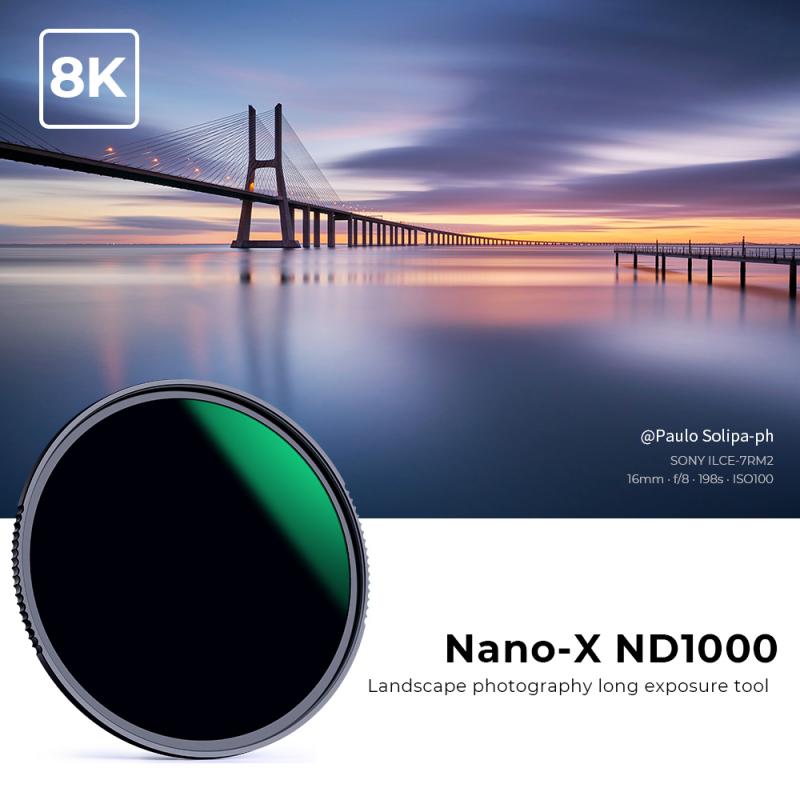
1. Protection
One of the most common uses of a filter thread is to attach a protective filter. This filter acts as a shield for the lens, protecting it from dust, scratches, and other potential damage. Given the high cost of quality lenses, investing in a protective filter can save you from expensive repairs or replacements.
2. Image Enhancement
Filters can significantly enhance the quality of your images. For instance, a polarizing filter can reduce reflections and glare, making your photos appear more vibrant and saturated. Similarly, a neutral density filter can allow for longer exposure times, enabling you to capture stunning effects like smooth waterfalls or motion blur in daylight conditions.
3. Versatility
Having a filter thread allows photographers to experiment with different types of filters to achieve various effects. This versatility can be particularly beneficial for creative photography, where unique and artistic images are often the goal.
Types of Filters
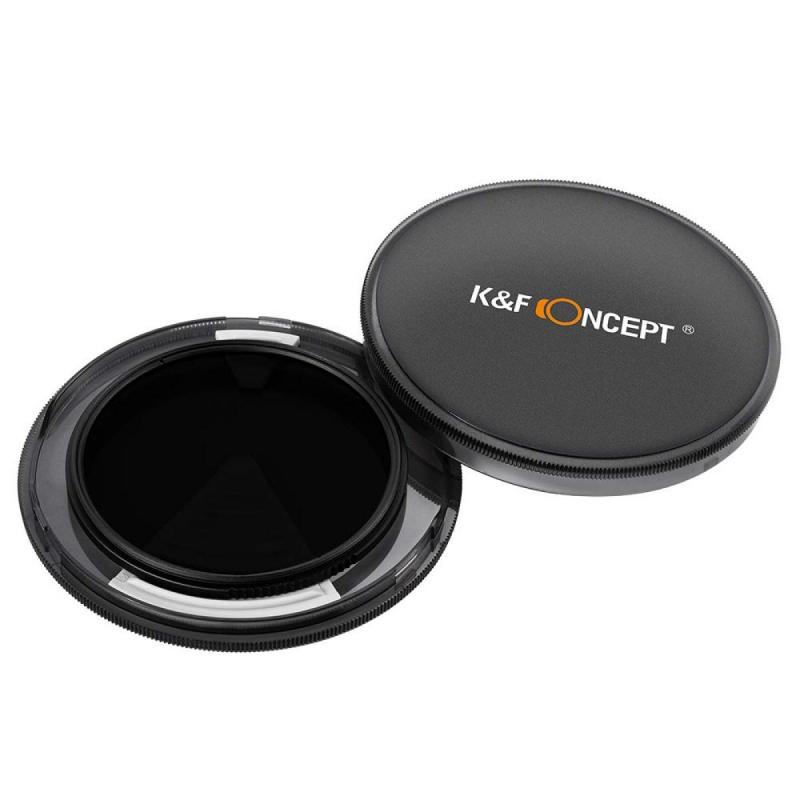
1. UV Filters
UV filters are primarily used to block ultraviolet light, which can cause haziness and reduce contrast in your photos. While modern digital sensors are less sensitive to UV light, these filters are still popular for their protective qualities.
2. Polarizing Filters
Polarizing filters are used to manage reflections and glare from non-metallic surfaces like water or glass. They also enhance the colors and contrast in your images, making skies appear bluer and foliage greener.
3. Neutral Density (ND) Filters
ND filters reduce the amount of light entering the lens without affecting the color balance. This allows for longer exposure times, which can be useful for capturing motion blur or achieving a shallow depth of field in bright conditions.
4. Graduated ND Filters
These filters are similar to ND filters but have a gradient that transitions from dark to clear. They are particularly useful for landscape photography, where you might want to balance the exposure between a bright sky and a darker foreground.
5. Special Effect Filters
These include a variety of filters designed to create specific effects, such as starburst filters that add star-like points to light sources or color filters that add a tint to your images.
How to Choose the Right Filter
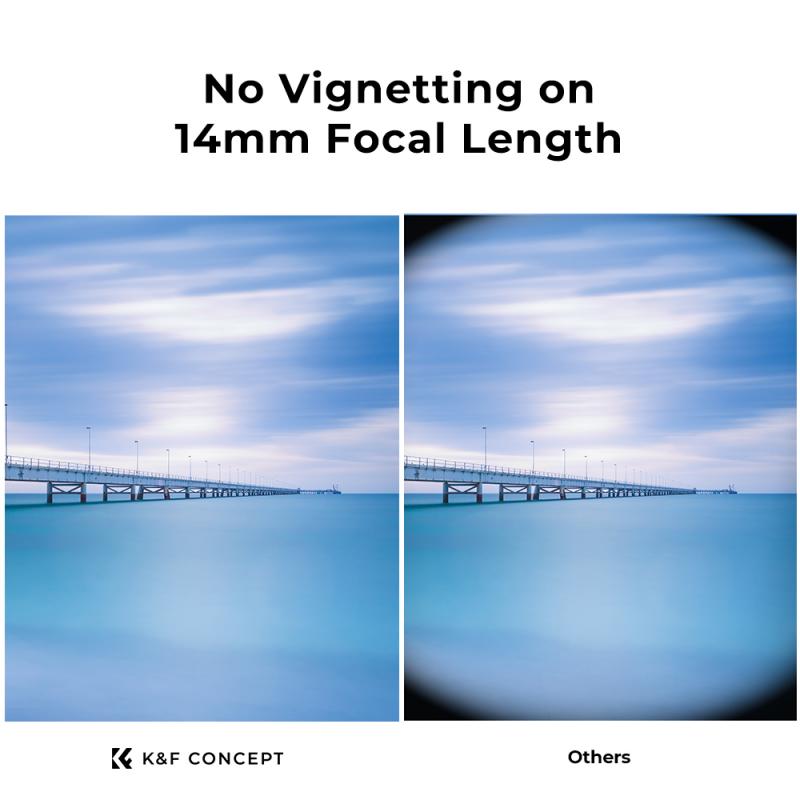
1. Check the Filter Thread Size
The first step in choosing a filter is to check the filter thread size of your lens. This information is usually printed on the front of the lens or can be found in the lens's manual. The size is typically denoted in millimeters (e.g., 58mm, 77mm).
2. Consider the Type of Photography
The type of photography you engage in will largely determine the kind of filter you need. For landscape photography, a polarizing filter or an ND filter might be essential. For portrait photography, a UV filter for protection might suffice.
3. Quality and Brand
Investing in high-quality filters from reputable brands can make a significant difference in the final image quality. Cheap filters can introduce unwanted artifacts, reduce sharpness, and affect color accuracy.
Practical Tips for Using Filters
1. Stacking Filters
While it is possible to stack multiple filters on top of each other, this can sometimes lead to vignetting, where the corners of the image appear darker. It's generally advisable to use the minimum number of filters necessary to achieve your desired effect.
2. Cleaning and Maintenance
Filters, like lenses, require regular cleaning to maintain image quality. Use a microfiber cloth and appropriate cleaning solutions to remove dust and smudges.
3. Storage
When not in use, store your filters in a protective case to prevent scratches and other damage. Many filters come with their own cases, but universal filter cases are also available.
Understanding the role and functionality of a filter thread in a lens is fundamental for any photographer looking to expand their creative horizons. Whether you are aiming to protect your lens, enhance image quality, or experiment with different photographic effects, filters offer a versatile and valuable toolset. By choosing the right filters and using them effectively, you can significantly improve your photography and achieve stunning results.
In summary, the filter thread in a lens is more than just a simple groove; it is a gateway to a world of photographic possibilities. By leveraging the various types of filters available, photographers can protect their equipment, enhance their images, and explore new creative avenues. So, the next time you pick up your camera, consider how a filter might help you capture that perfect shot.

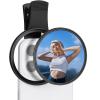
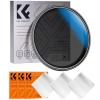



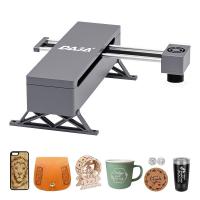
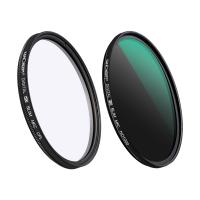


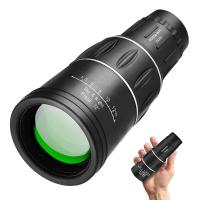


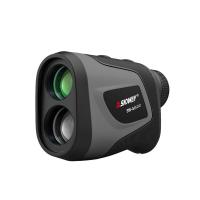


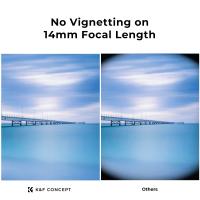



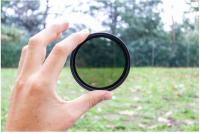
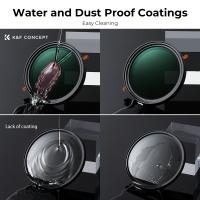
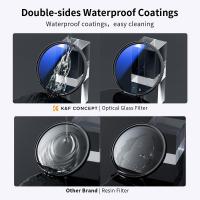
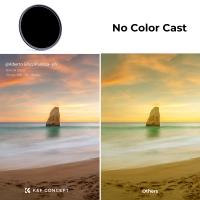
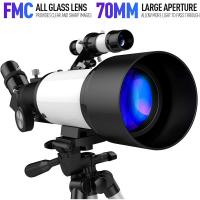



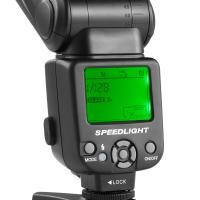





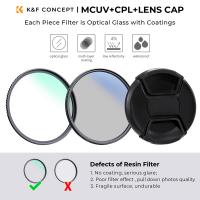
There are no comments for this blog.